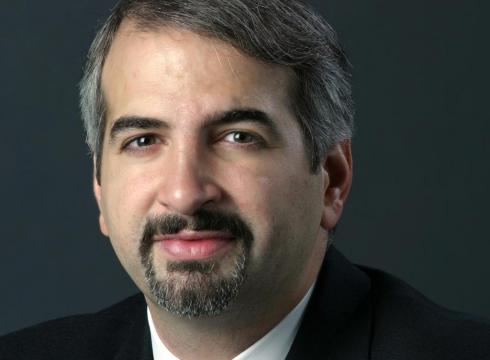Journalism under fire: after the story at all cost
 For veteran journalists, this is always personal. Whether we were on any front lines, or were colleagues of those who were sent out, it’s our story. To me it transcends brash socio-political battles in popular media, though it’s tinged with that too. But that aside, the news of New York Times journalist Anthony Shadid’s death hit hard.
For veteran journalists, this is always personal. Whether we were on any front lines, or were colleagues of those who were sent out, it’s our story. To me it transcends brash socio-political battles in popular media, though it’s tinged with that too. But that aside, the news of New York Times journalist Anthony Shadid’s death hit hard.
About a year ago (though it seems more recently) Anderson Cooper interviewed four New York Times journalists who had been kidnapped in Libya and against the odds, released and therefore able to tell the story. That story was so compelling, I worked it into talks I gave for months afterward. Especially the core message that they saved their lives by maintaining fundamental human dignity. Their captors ordered them to lie face down on the ground, and they refused, know it would be easier to shoot them in the back than having to face them. One said he knelt, but maintained eye contact with the captors, which made it harder to shoot him because looking a man in the eyes humanized him.
I cared about these jouranlists, as I did Sebastian Junger and Marie Colvin and other journalists in the line of fire to tell the story behind the story of what’s happening to people in war zones. I cared a lot when Tim Hetherington, Junger’s photographer on the documentary on Outpost ‘Restrepo’, was killed in Libya.
Now, Anthony Shadid, one of the four journalists in that CNN interview. The New York Times reported his death last week. Over the weekend, they published what the photographer with him at the time recounted, from Shadid’s copious notes, and Tyler Hicks’ own account: A Correspondent’s Last Days.
What to say? If not for the work of journalists like these, we would have even less of an idea of what is really happening to people in repressive regimes around the world.
Rest in peace.

